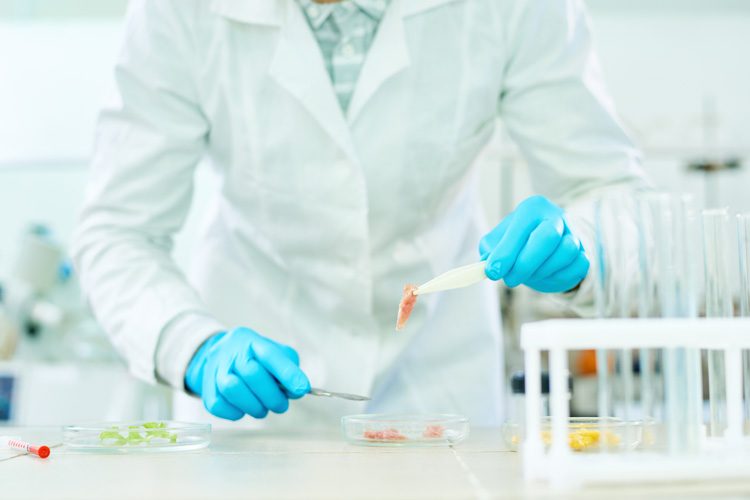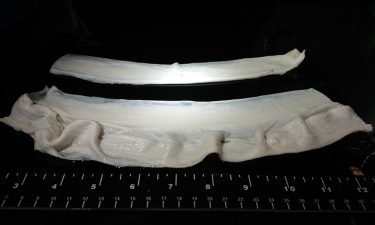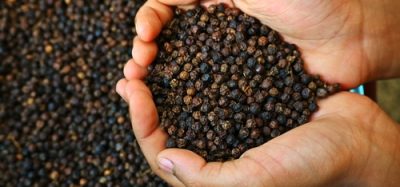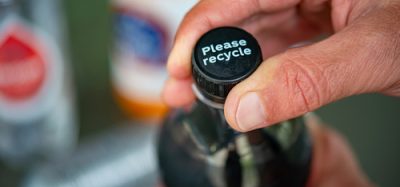Researchers use centrifugal force to fabricate edible meat fibres
- Like
- Digg
- Del
- Tumblr
- VKontakte
- Buffer
- Love This
- Odnoklassniki
- Meneame
- Blogger
- Amazon
- Yahoo Mail
- Gmail
- AOL
- Newsvine
- HackerNews
- Evernote
- MySpace
- Mail.ru
- Viadeo
- Line
- Comments
- Yummly
- SMS
- Viber
- Telegram
- Subscribe
- Skype
- Facebook Messenger
- Kakao
- LiveJournal
- Yammer
- Edgar
- Fintel
- Mix
- Instapaper
- Copy Link
Posted: 22 October 2019 | Sam Mehmet (New Food) | No comments yet
Researchers have grown rabbit and cow muscle cells on edible gelatine scaffolds that are said to mimic the texture and consistency of meat.


Lab-grown or cultured meat could revolutionise food production, providing a greener, more sustainable, more ethical alternative to large-scale meat production. But creating cost-efficient lab-grown meat that will be accepted by consumers requires solving several major problems, including how to make large amounts of it and how to make it feel and taste more like real meat.
“I began to wonder if we could apply all that we knew about regenerative medicine to the design of synthetic foods,” said senior research author, Kit Parker from the Harvard John A Paulson School of Engineering and Applied Sciences (SEAS). “After all, everything we have learned about building organs and tissues for regenerative medicine applies to food: healthy cells and healthy scaffolds are the building substrates, the design rules are the same, and the goals are the same: human health. This is our first effort to bring hardcore engineering design and scalable manufacturing to the creation of food.”


Gelatine fibres produced by “immersion rotary jet spinning,” a fibre-production system inspired by cotton candy. These fibres form the “base” to grow cells in — they mimic natural muscle tissue’s extracellular “glue,” which holds the tissue together and contributes to its texture. Credit: The Harvard Gazette
Animal meat consists mostly of skeletal muscle (and fat tissue) which grow in long, thin fibres. Accurately reproducing these fibres is considered one of the biggest challenges in bioengineering meat.
“Muscle cells are adherent cell types, meaning they need something to hold onto as they grow,” said Luke MacQueen, first author of the study. “To grow muscle tissues that resembled meat, we needed to find a ‘scaffold’ material that was edible and allowed muscle cells to attach and grow in 3D. It was important to find an efficient way to produce large amounts of these scaffolds to justify their potential use in food production.”
The researchers used a technique developed by Parker and his Disease Biophysics Group known as immersion Rotary Jet-Spinning (iRJS), which uses centrifugal force to spin long nano-fibers of specific shapes and sizes. The team spun food-safe gelatine fibres to form the base for growing cells. The fibres mimic natural muscle tissue’s extracellular matrix – the glue that holds the tissue together and contributes to its texture.
The team seeded the fibres with rabbit and cow muscle cells, which anchored to the gelatine and grow in long, thin structures, similar to real meat. The researchers used mechanical testing to compare the texture of their lab-grown meat to real rabbit, bacon, beef tenderloin, prosciutto and other meat products.
We think it may be possible to design meats with defined textures, tastes, and nutritional profiles
“When we analysed the microstructure and texture, we found that, although the cultured and natural products had comparable texture, natural meat contained more muscle fibres, meaning they were more mature,” said MacQueen. “Muscle and fat cell maturation in vitro are still a really big challenge that will take a combination of advanced stem cell sources, serum-free culture media formulations, edible scaffolds such as ours, as well as advances in bioreactor culture methods to overcome.
“Eventually, we think it may be possible to design meats with defined textures, tastes, and nutritional profiles – a bit like brewing.”
“Moving forward, the goals are nutritional content, taste, texture, and affordable pricing. The long-range goal is reducing the environmental footprint of food,” added Parker.
Related topics
Cultured Meat, New product development (NPD), Research & development, Sustainability, Technology & Innovation
Related organisations
Harvard John A. Paulson School of Engineering and Applied Sciences (SEAS)









